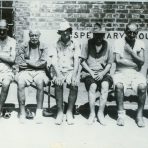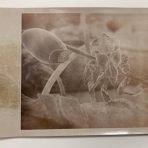What Mark didn’t know was soon he would be versed in to the wonderful world of the Barnard Classification.
A unique classification for LSHTM library:
Devised by Cyril Cuthbert Barnard (1894-1959), the first librarian at the School, the Barnard classification uses upper case letters from A to Z to define the main classes (for example B is biological sciences). Decimal numbers are used to denote geographical areas, and decimal points indicate a subdivision. Generally speaking, the longer the classification, the more specific the subject. For example, in class L, parasitology, malaria is LF. Additional characters without a point denote specific types of malaria (LFF plasmodium falciparum); characters added after a point denote an aspect, e.g. LF.E is epidemiology or geographical distribution of malaria. Add .1 after this and we have LF.E.1, epidemiology of malaria in Africa. A longer number usually means a smaller or more specific area e.g. LF.E.17 – West Africa, LF.E.177- Tanzania and so forth.
So what of young Mark’s BEXY and SEZY? Well BEXY (class B, biology), is nutrition in relation to the health of the community; and SEZY (class S, public health) water supply in relation to the health of the community.
Some of our classes are easier to remember than others – epidemiology falls within E and entomology is N – but C is general medicine and D history of medicine.
I leave you with SHT – pit latrines.




